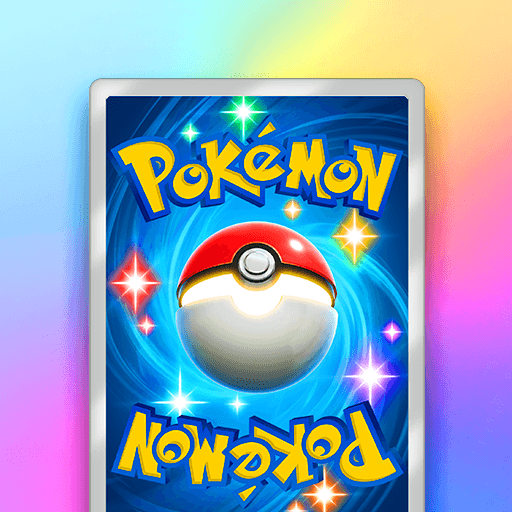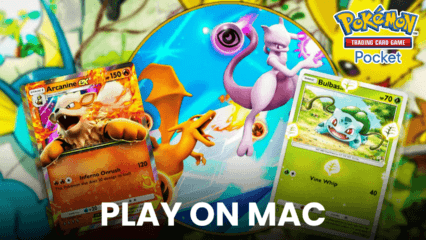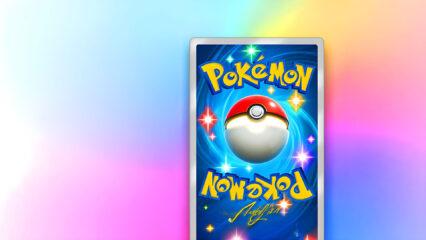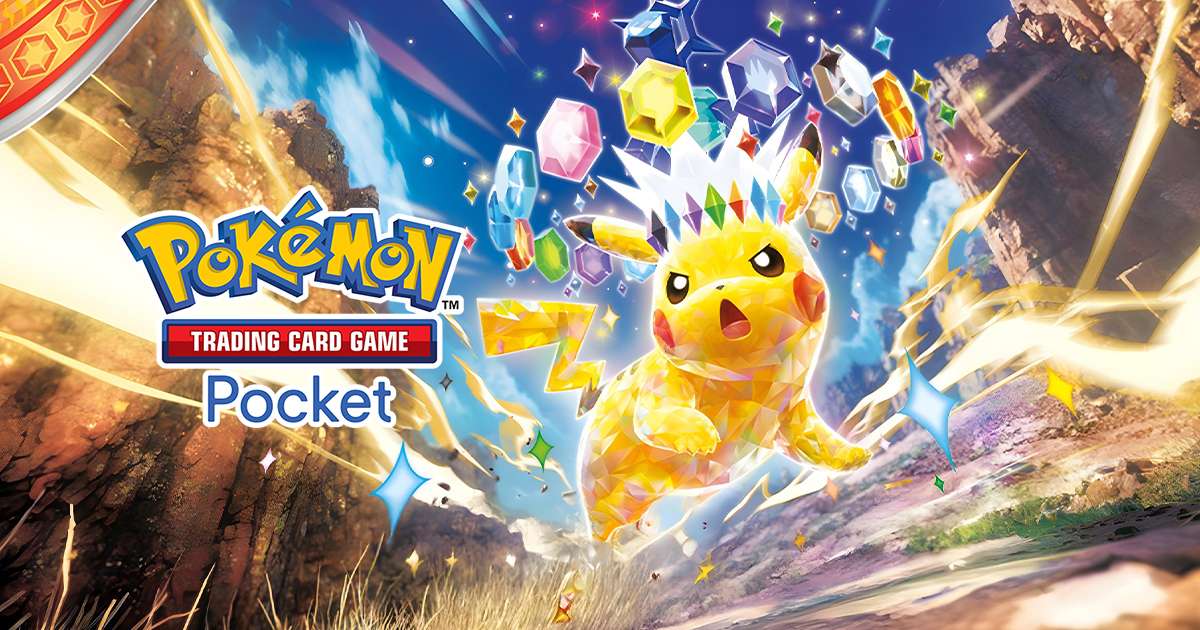Pokémon TCG Pocket Deck Building Guide – Craft the Best Decks Possible
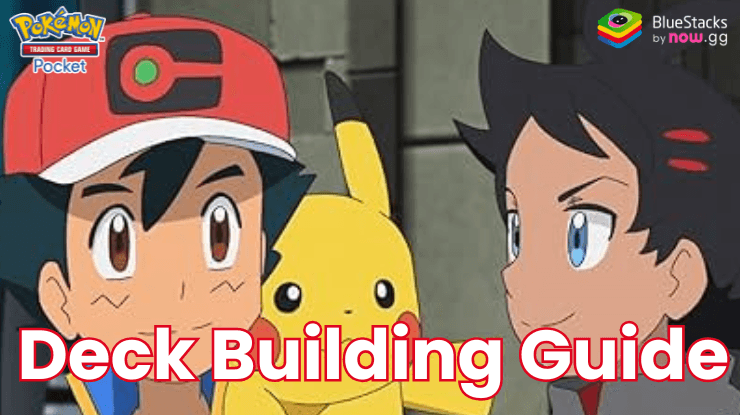
Pokémon TCG Pocket is a brand-new online TCG featuring Pokemon cards and trainers! Relish in deep strategic battles with your beloved companions on the side! Collect and craft unique decks with optimized cards and strategies to decimate your foes. Deck building is one of the most exciting parts of the Pokémon TCG Pocket battle system. With only 30 cards, each card must be carefully selected to maximize synergy and efficiency. Here’s a complete guide to help you build a competitive and well-balanced deck for this fast-paced format.
Overview of the Deck-Building Process in Pokémon TCG Pocket
The Pocket Battle system simplifies the Pokémon TCG from the traditional card game in the following ways:
- 30-card deck (half the size of a standard deck).
- 3 Prize Cards (instead of 6).
- Shorter games lasting 10-15 minutes.
The condensed format emphasizes speed, consistency, and synergy. Unlike the standard format, bulky strategies or setups that take several turns are less viable. A good Pocket deck balances Pokémon, Energy, and Trainer cards to maximize efficiency. Here’s a recommended ratio:
| Card Type | Count (Recommended) | Role |
| Pokemon | 10-14 | Your attackers, supporters, and utility cards. |
| Energy | 10-12 | Powers your Pokémon’s attacks and abilities. |
| Trainer Cards | 6-10 | Supporters, Items, and Stadiums for draw power, searches, and disruption. |
Key Principles to Win Matches
- Consistency is King: With fewer cards, draw power and search options are crucial.
- Focus on Synergy: Every card should complement the overall strategy.
- Prioritize Fast Setups: Pokémon that attack with minimal Energy or Basic Pokémon with strong abilities shine.
Learn about the Different Card Types
In general, there are 2 types of cards in Pokémon TCG Pocket:
- Pokemon Cards – They are the main components of the game. They can attack, evolve, and utilize abilities to get an advantage in the game.
- Trainer Cards – These cards are vital for speeding your game plan, acquiring additional resources, saving your Pokémon, and disrupting your opponent.

Trainer cards can further be classified into different types:
- Items: these are the primary usefulness of a deck, with generally limited power levels. Once used, they are discarded.
- Supporters: These are powerful trainers that provide the player a significant advantage. They’re actually so powerful that only one Supporter card can be played per turn, and not on the opening turn of the game.
- Fossil Items – They are special trainer cards that can be used as if they were Basic Pokémon. Some Pokémon can develop from them. Fossils cannot be placed in the active or bench positions at the start of a game.
Choosing your Pokemon
One of the more important aspects of deck creation remains to be the type of Pokemon cards your choose to bring along with you. Not all cards are created equal as some will have higher HP, higher attack, and lower energy costs. There is no such thing as the “best card” or “best deck” in the game. Each deck is unique and prove to be the winning deck as long as you are not countered or execute the core strategy perfectly.
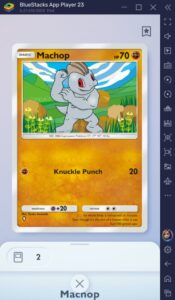
Basic Pokémon
- Select 6-8 Basic Pokémon as your starting attackers and Bench fillers.
- Look for Basics with low-cost attacks or abilities that aid setup (e.g., drawing cards or attaching Energy).
Examples:
Snorlax (Unfazed Fat): Great as a defensive wall with high HP.
Zacian V: Strong damage output and card draw with “Intrepid Sword.”
Sobble/Inteleon Engine: Sobble evolves into Inteleon for targeted Trainer searches.
Evolution Lines
- Include 2-4 Pokémon that can evolve to boost your offensive or defensive capabilities.
- Limit the evolutionary chain to one or two stages for speed.
Examples:
Raichu Line: Pikachu to Raichu offers fast setup and solid damage.
Cinderace Line: Scorbunny evolves into Cinderace for powerful Energy management and attacks.
Utility Pokemon
- Choose Pokémon with disruptive abilities or support effects to control the board.
- These can sit on the Bench and provide passive benefits.
Examples:
Oricorio (Lesson in Zeal): Reduces damage taken by your Pokémon.
Eldegoss (Happy Match): Recovers a Supporter from the discard pile.
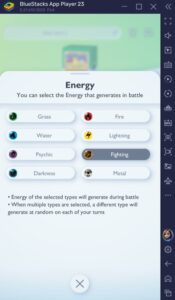
Energy Management
Energy cards fuel your Pokémon’s attacks, but in a 30-card deck, every slot matters. Use Energy efficiently to power up attacks without clogging your hand.
Basic Energy
- Include 8-10 Basic Energy cards that match your Pokémon’s types.
- Focus on a single or dual type for consistency.
Examples:
Fire Energy for Cinderace-based decks.
Lightning Energy for a Pikachu/Raichu deck.
Special Energy
Special Energy cards can provide unique effects that enhance your strategy but should not exceed 2-3 cards.
Examples:
Twin Energy: Counts as two Energy for non-GX/V Pokémon.
Speed Lightning Energy: Provides Lightning Energy and additional card draw.
Capture Energy: Helps search and place a Basic Pokémon onto your Bench.
Deck Building Guide
The first step in deck construction is deciding which Pokémon to build around, which cards can assist enhance its power, and then filling the deck with supportive cards and numerous methods to interact with your opponent. You can choose from pre-existing archetypes or create your own deck based on your favorite Pokémon.
Not only do you need at least one Basic Pokémon in your deck, but you should also put at least one more Pokémon on your bench on your first turn if you go first. Failure to do so may subject you to the unlikely but real possibility of being “bonked,” which means having your Active Pokémon knocked out without being able to promote one of your Benched Pokémon to take its place. You also want to get Basic Pokémon on your bench as soon as possible so they can advance quickly and provide power to your game.
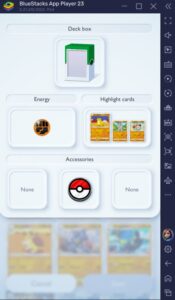
You have to choose and play assistance cards. Some crucial cards, known as “Staples” are consistently effective cards to help you advance your game strategy. Cards that transfer Pokémon from your deck to your bench, such as Pokéball, are universally beneficial and should be included in most decks. Cards that allow you to retreat your Active Pokémon are also useful, letting you to avoid an impending Knock Out while promoting a more powerful Pokémon to face your opponent’s Active Pokémon. Some cards have more particular effects that better suit certain playstyles.
Players can enjoy Pokémon TCG Pocket even more on a bigger screen of their PC or Laptop, complete with a keyboard and mouse via BlueStacks!

